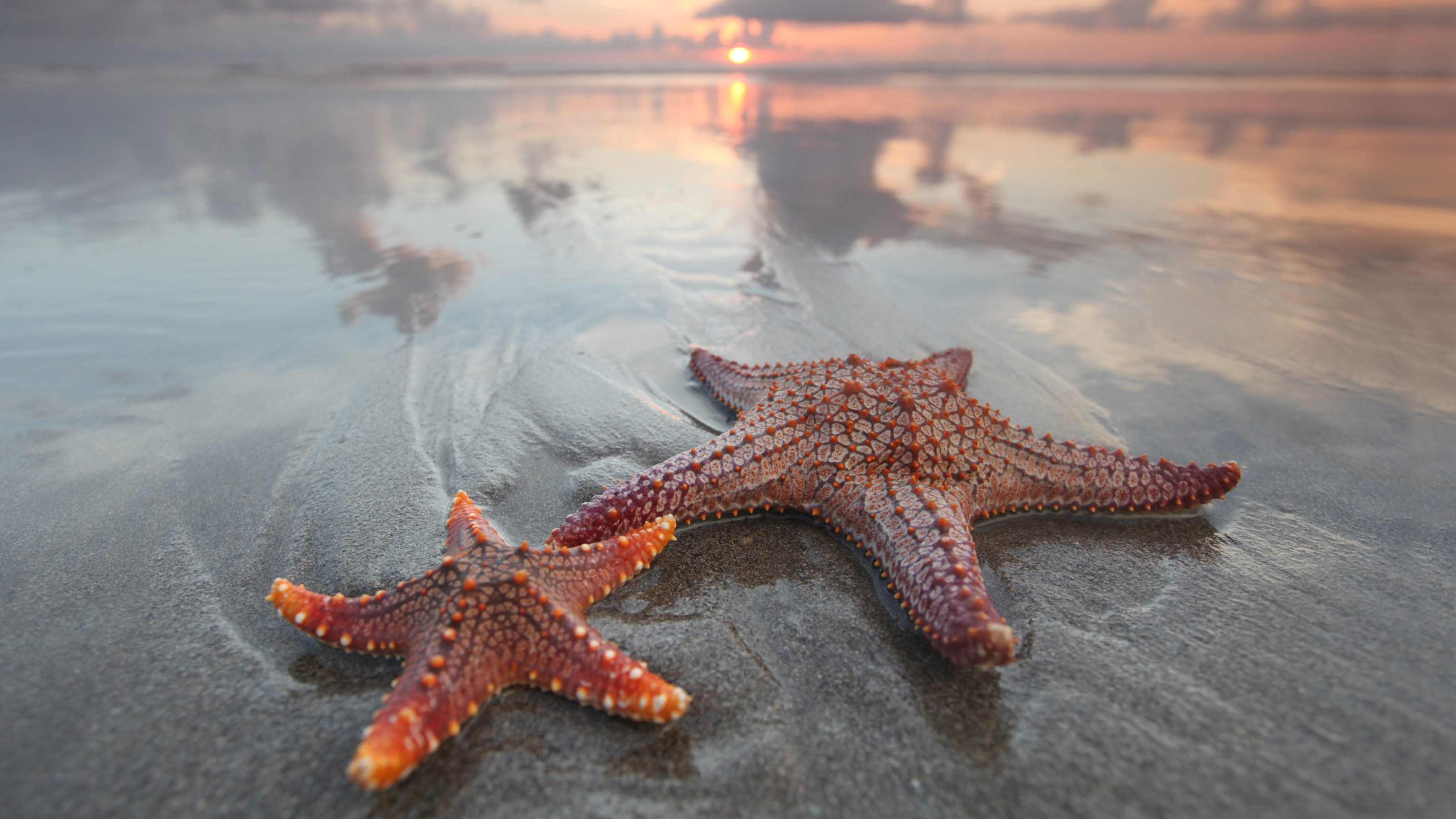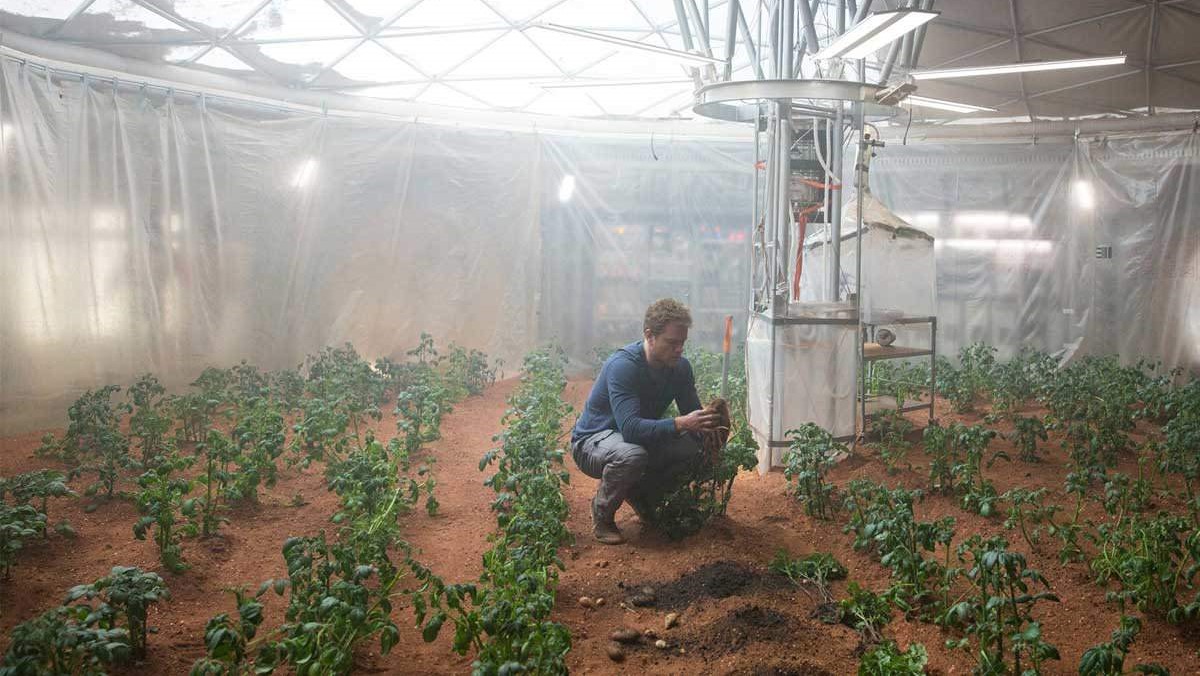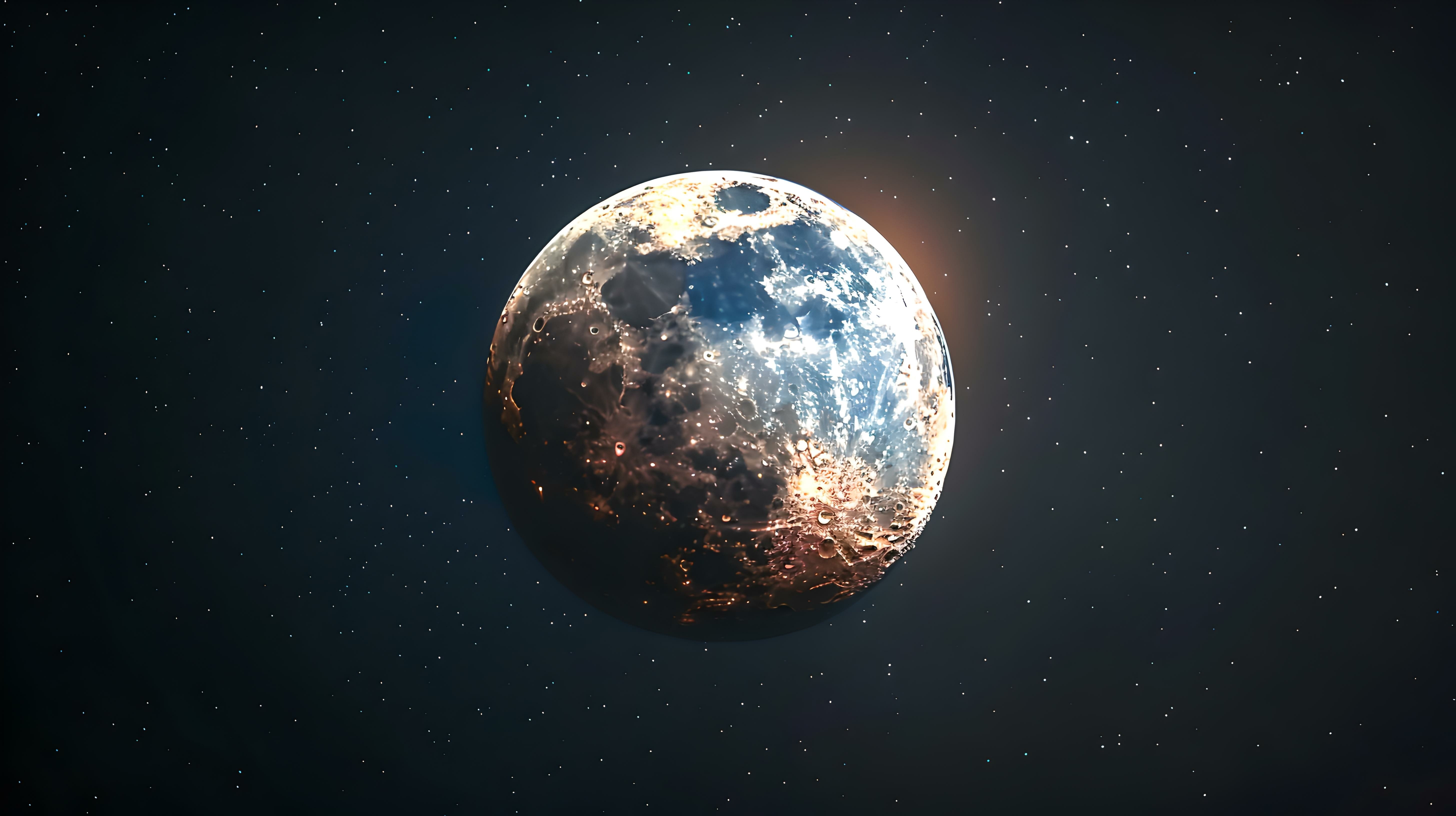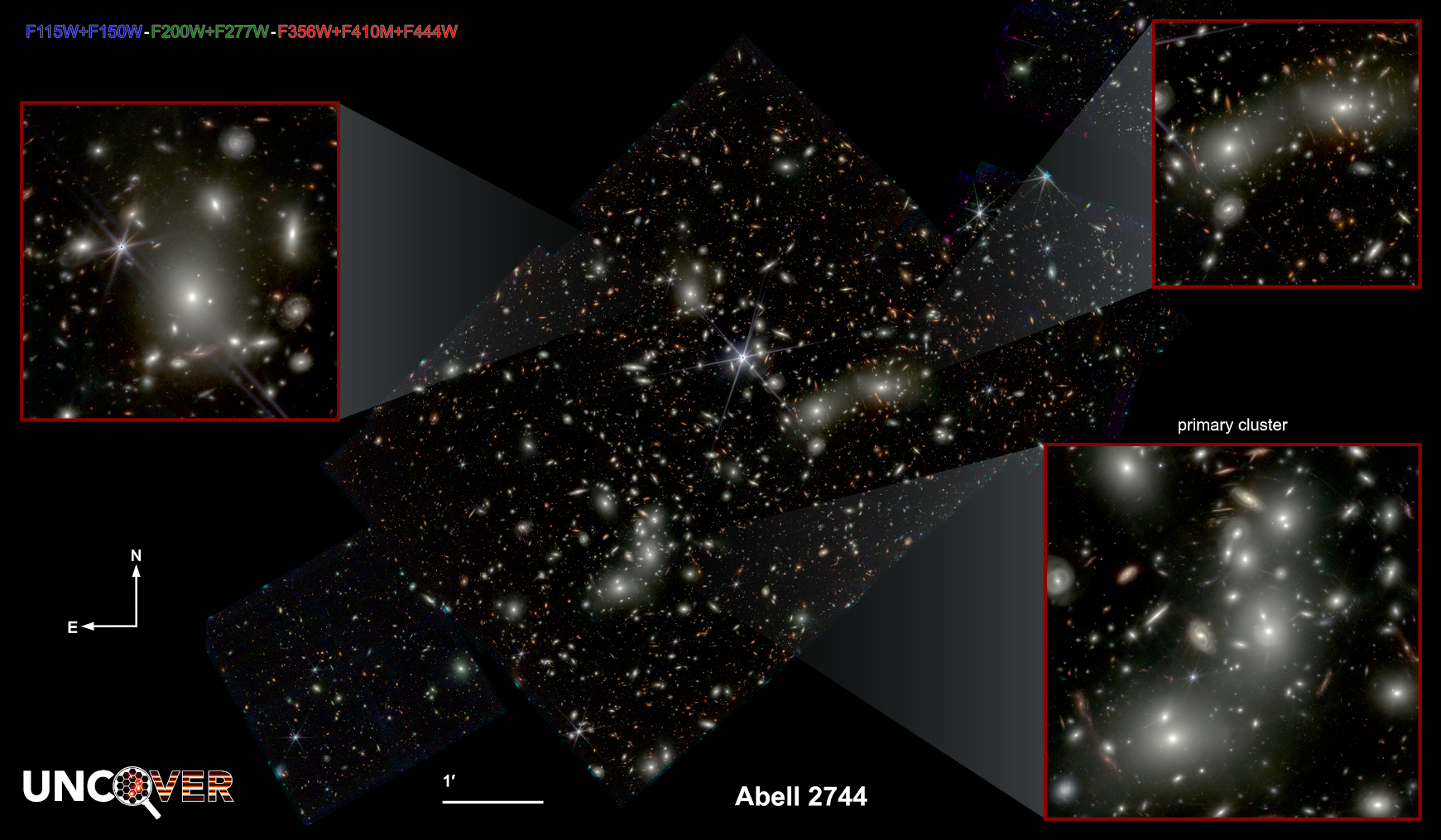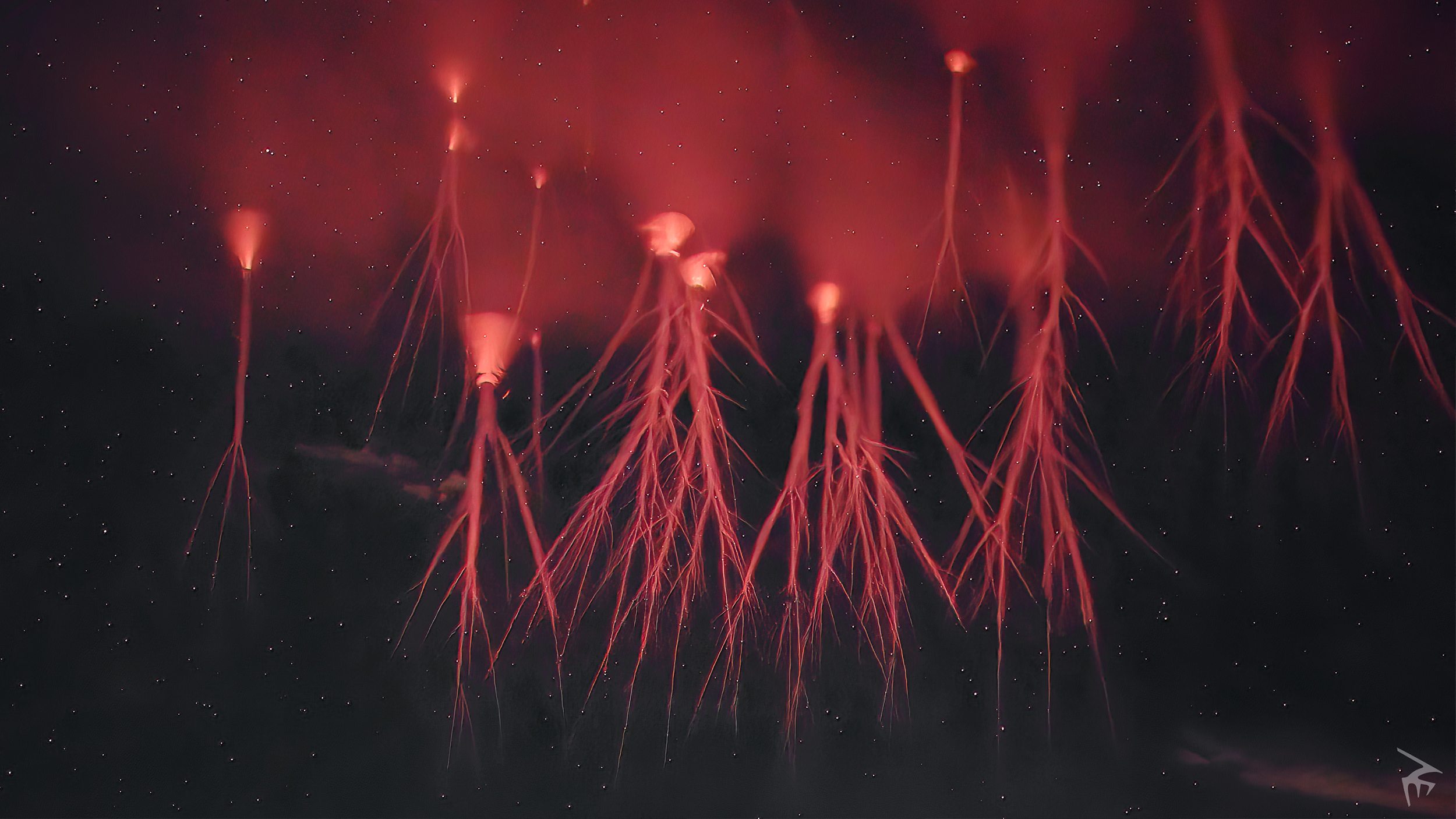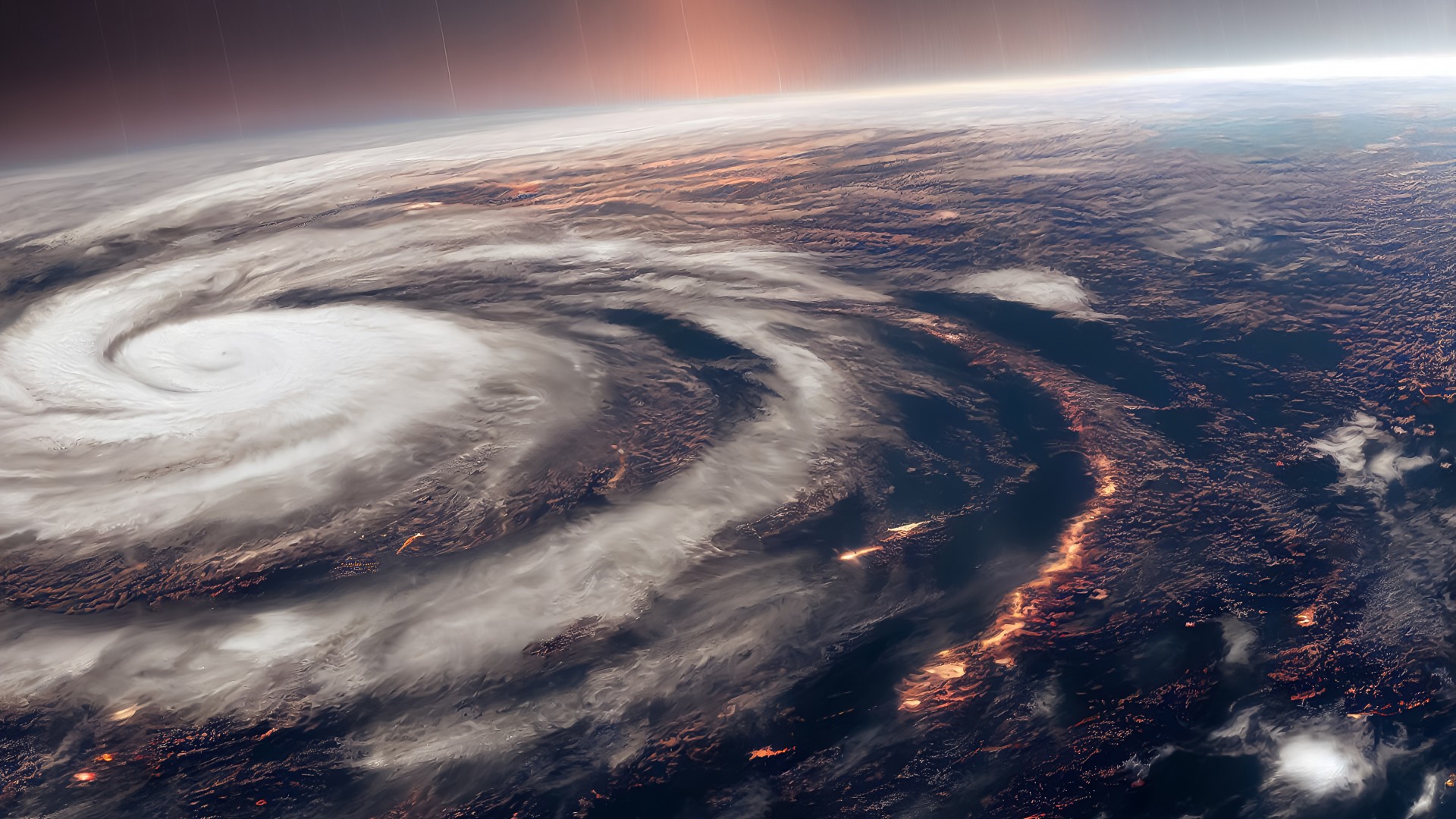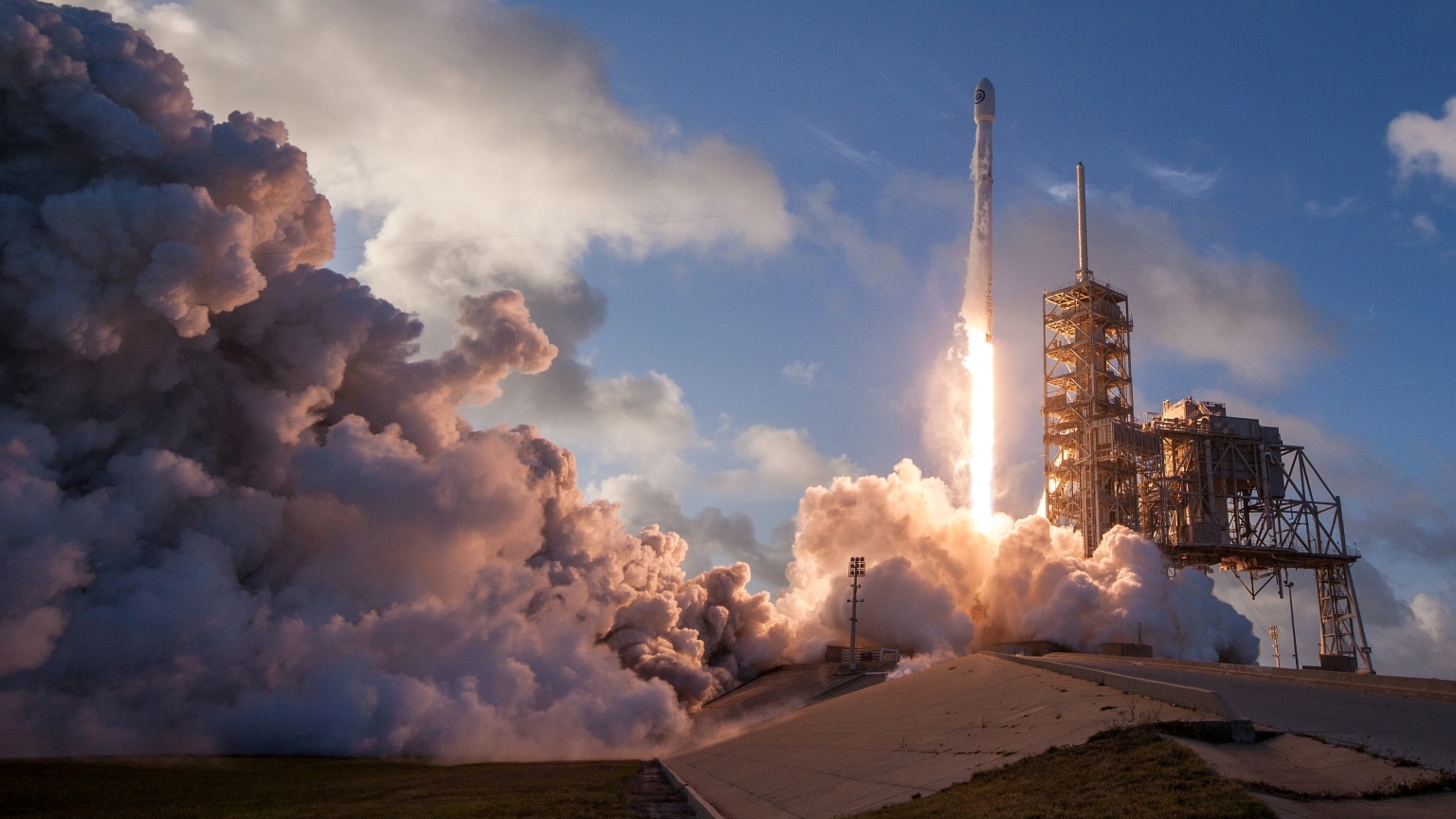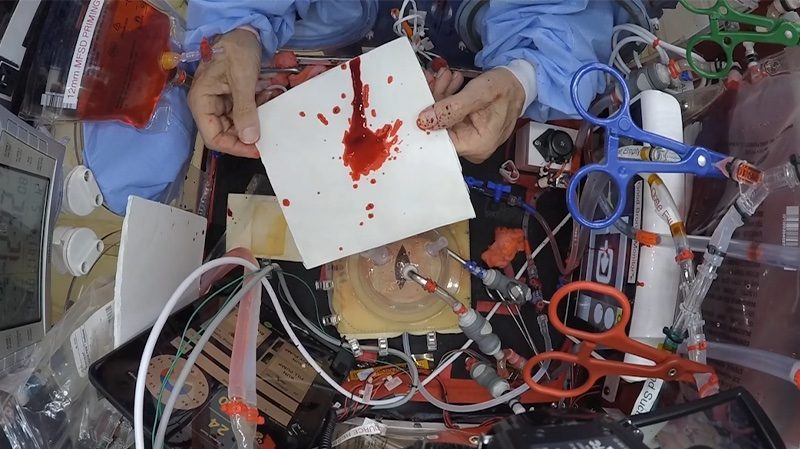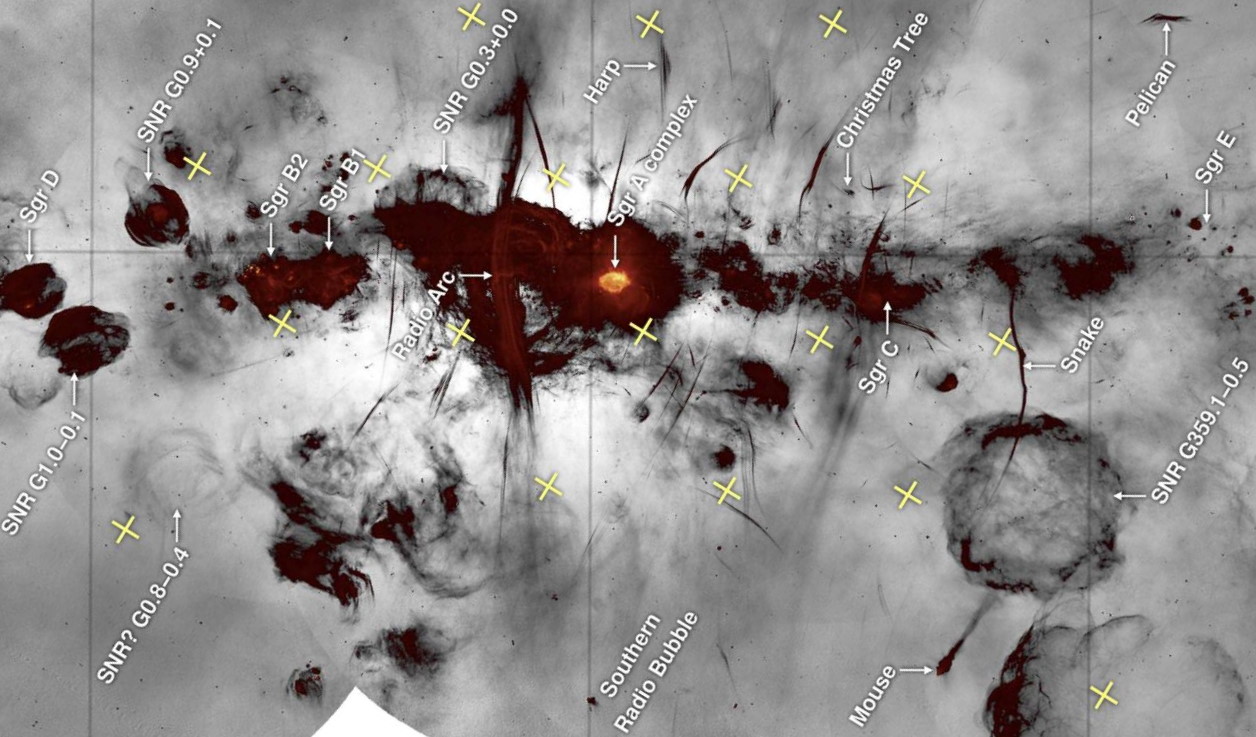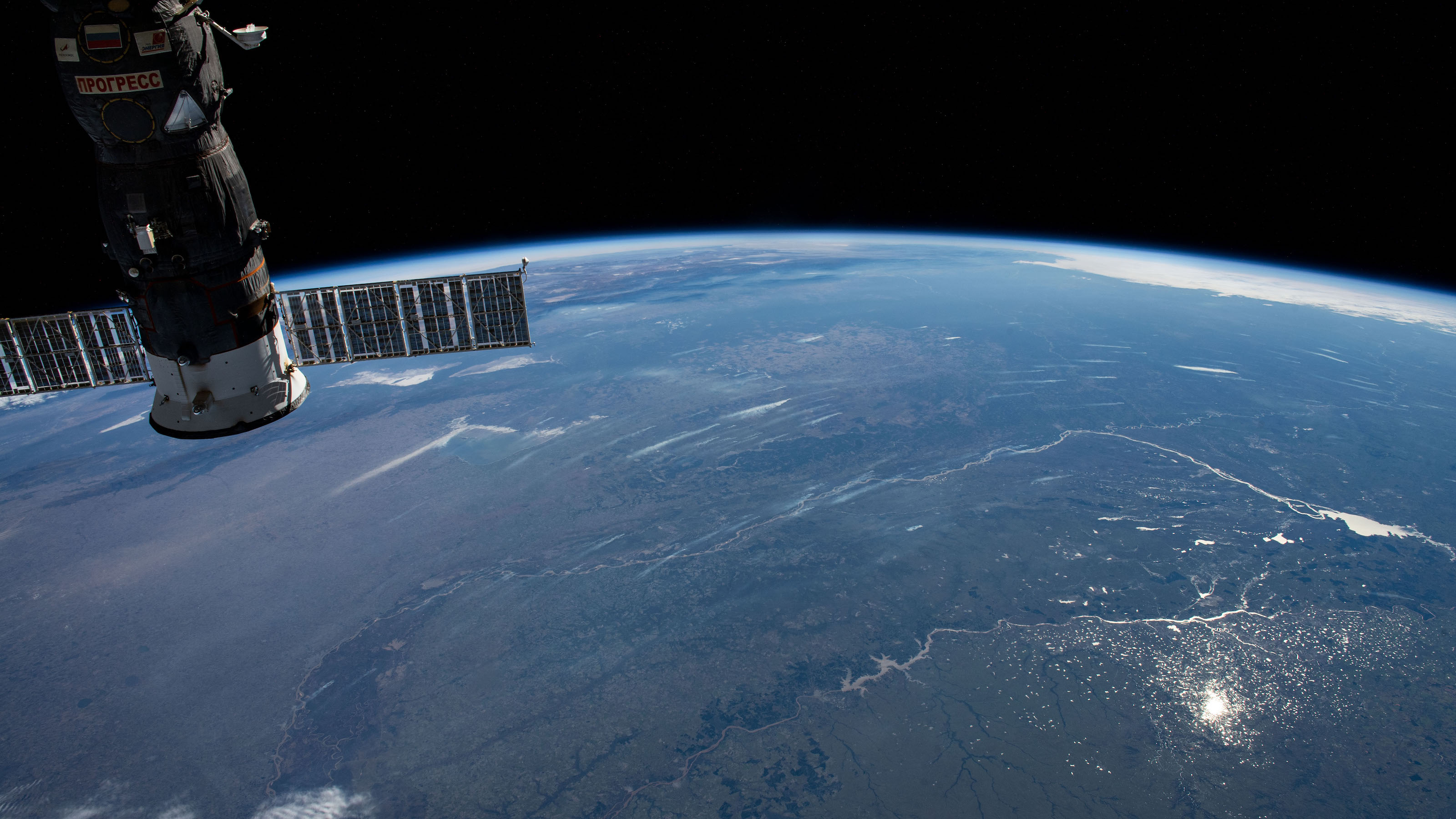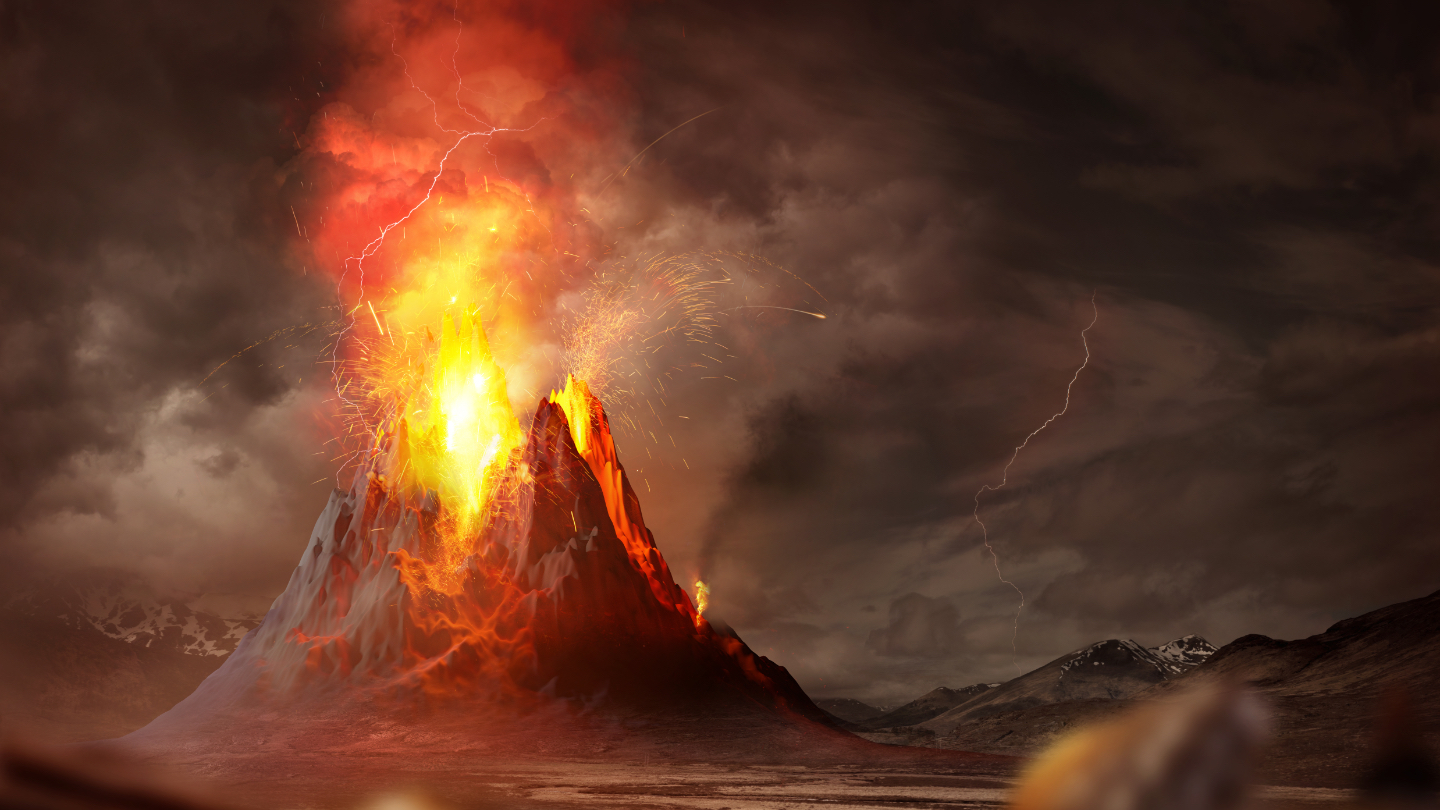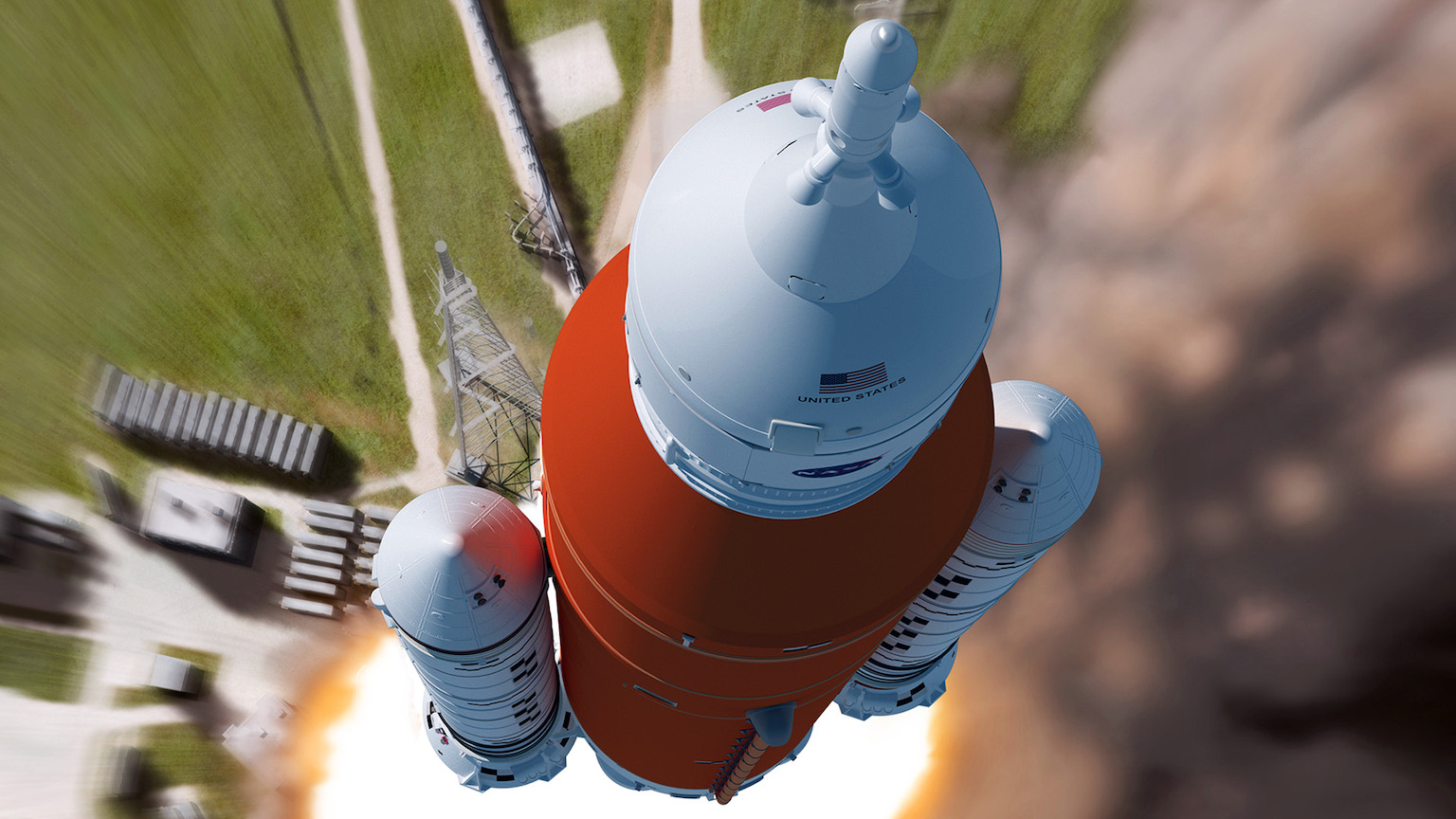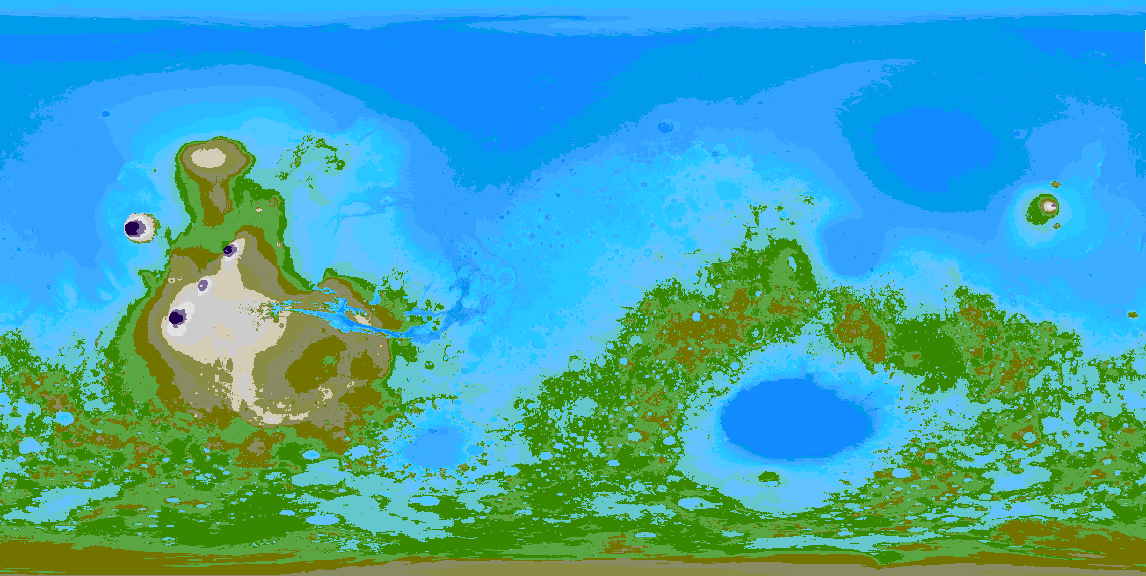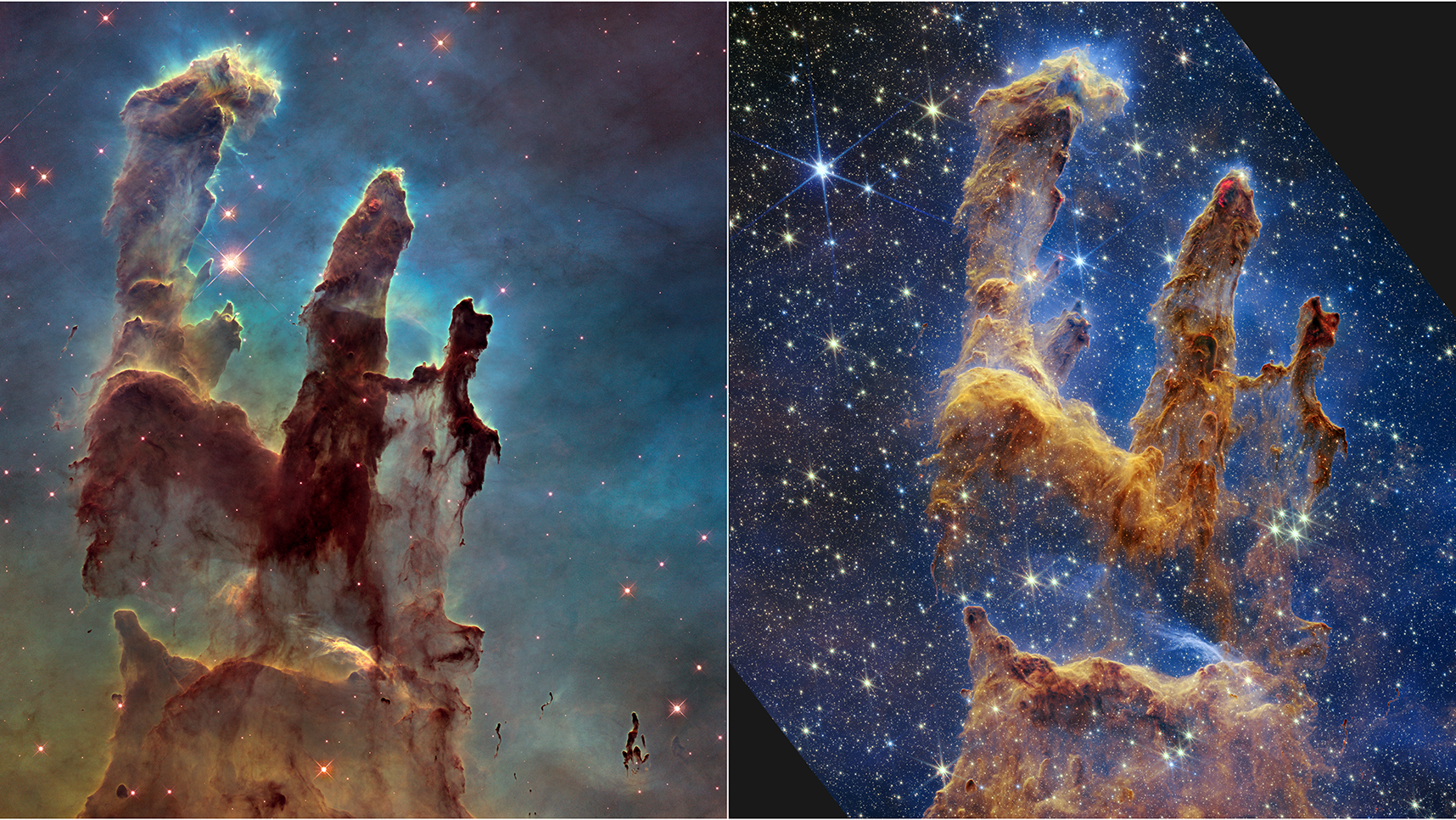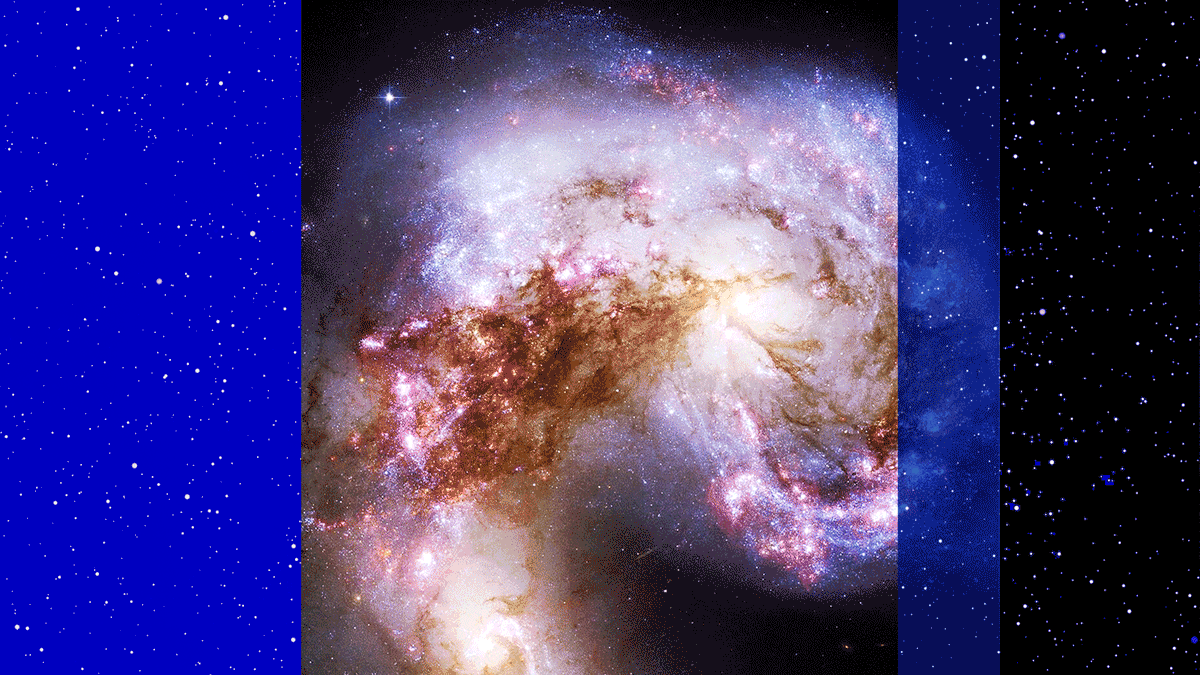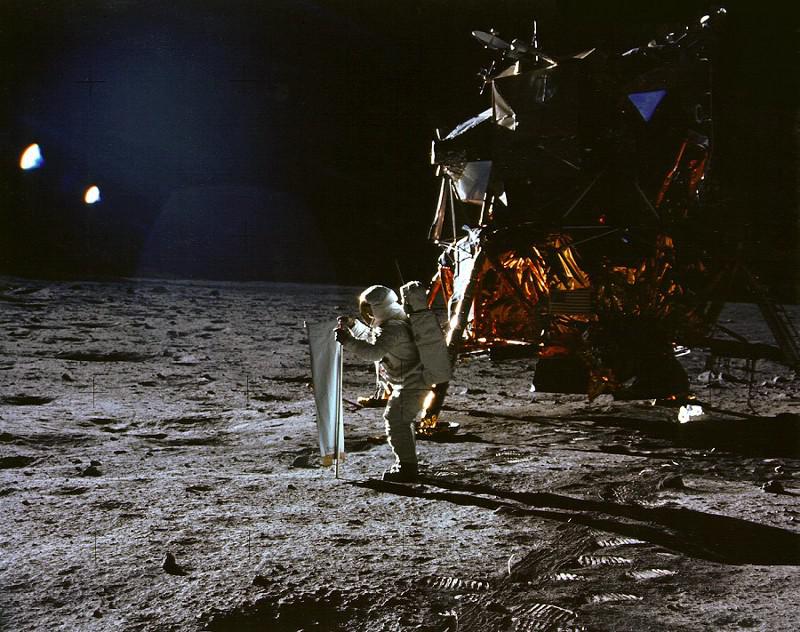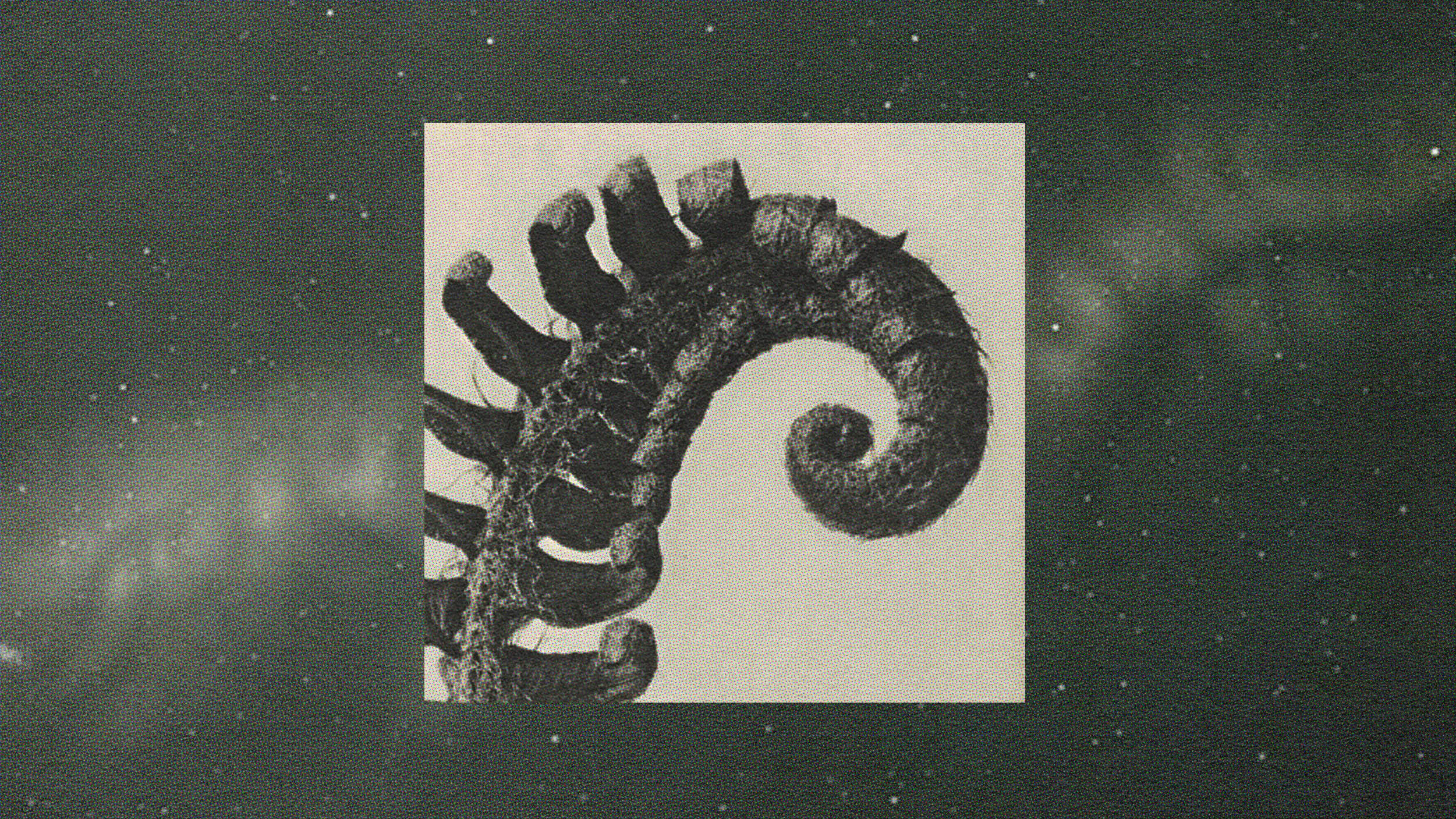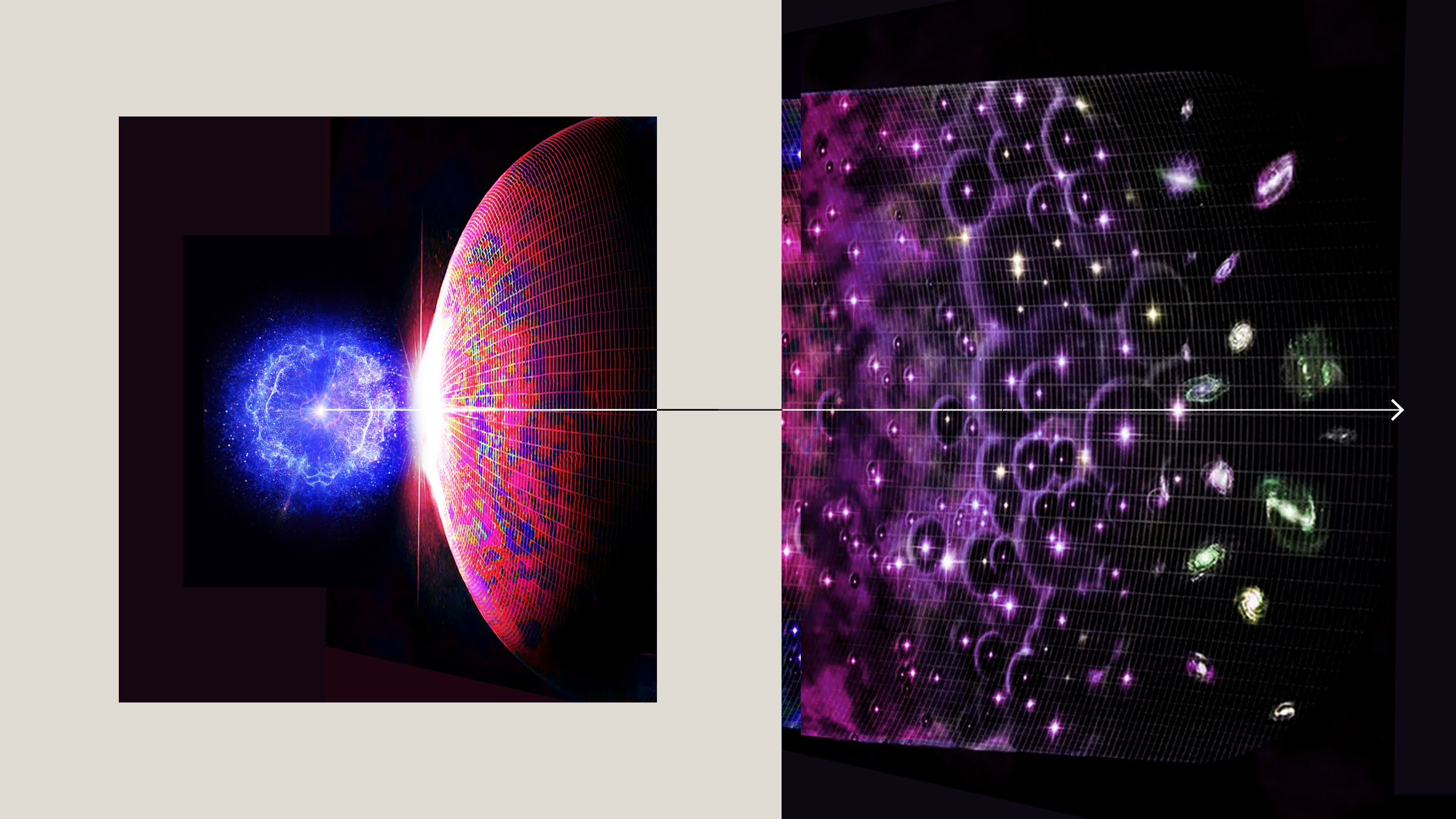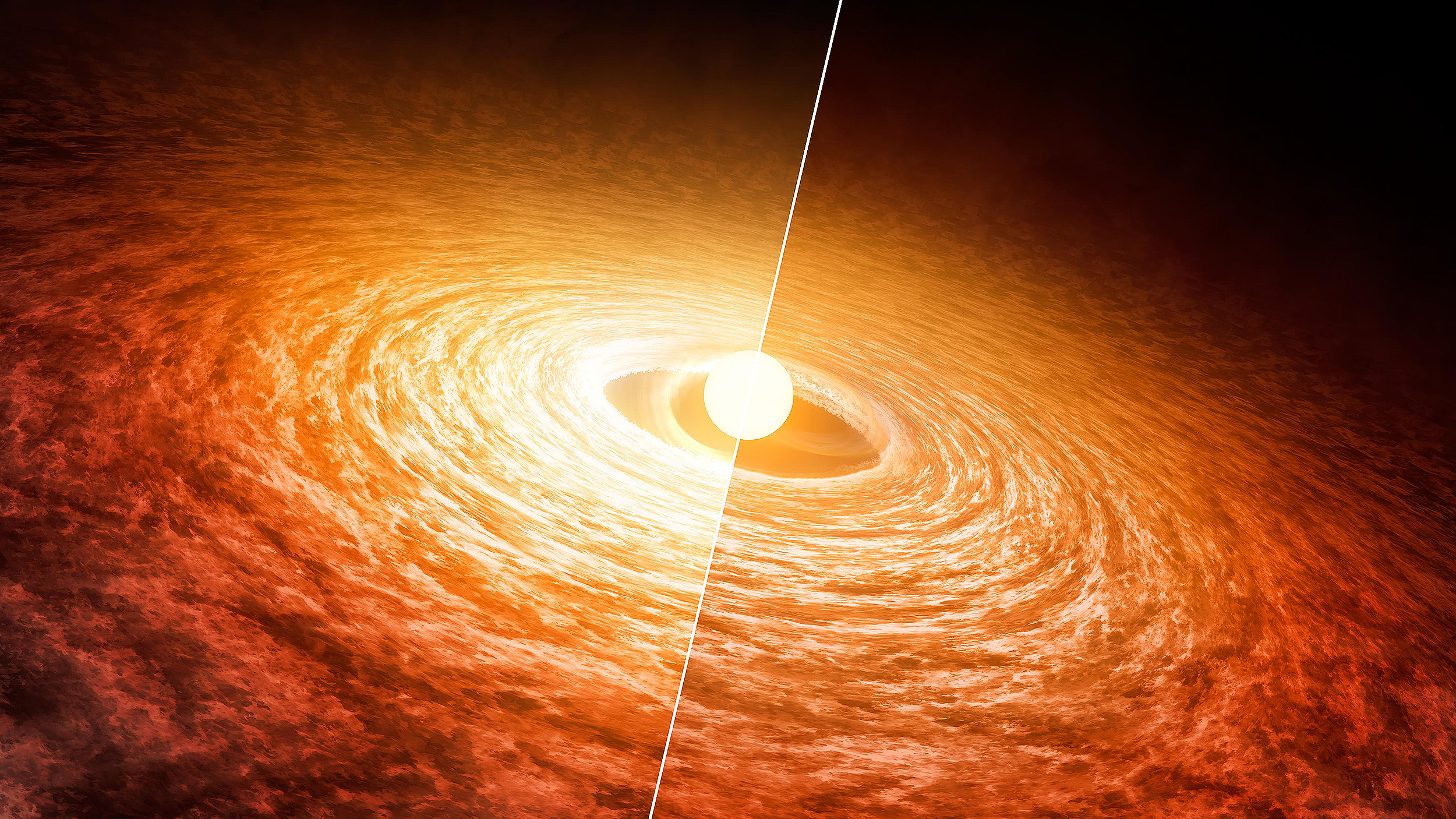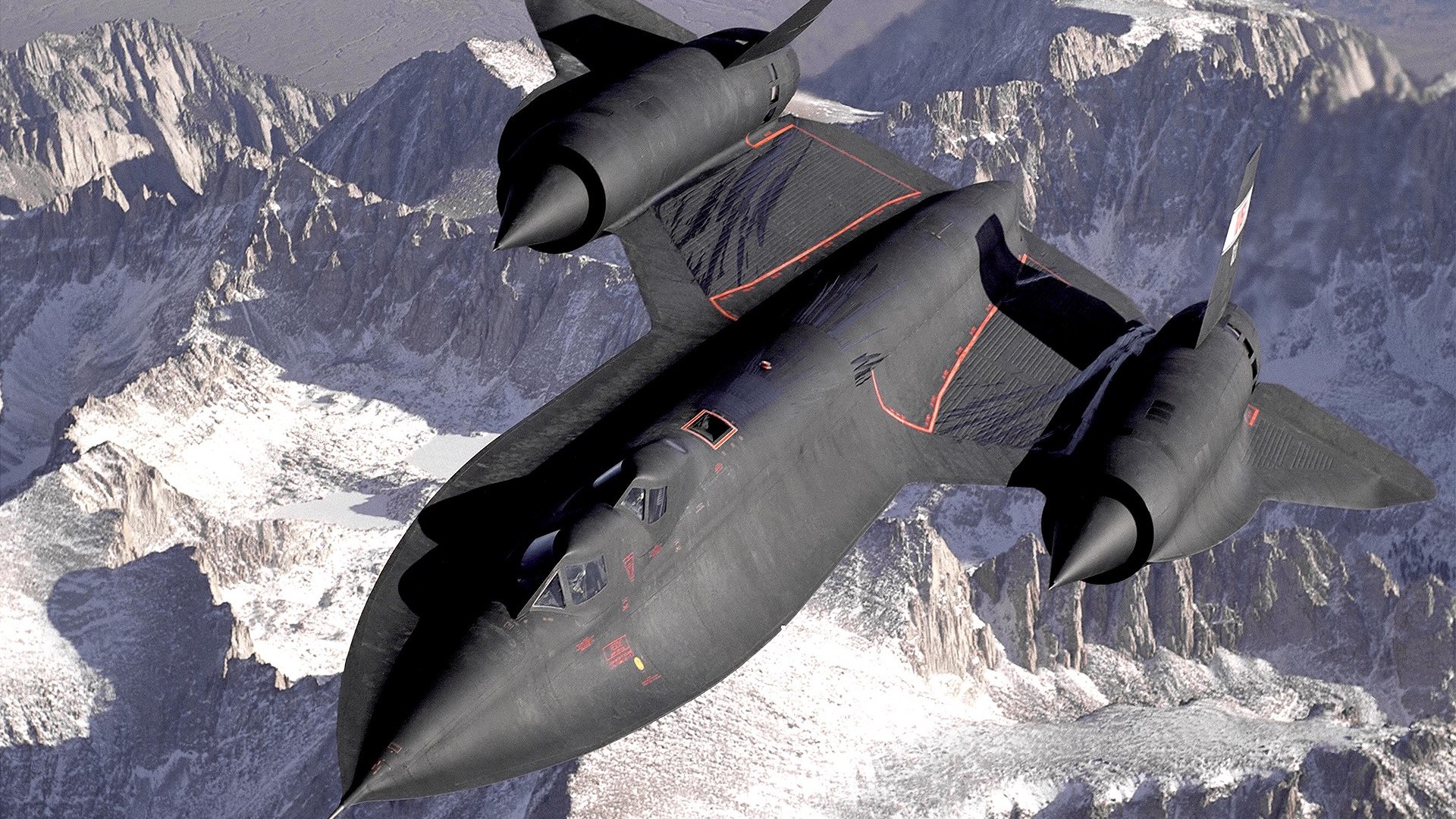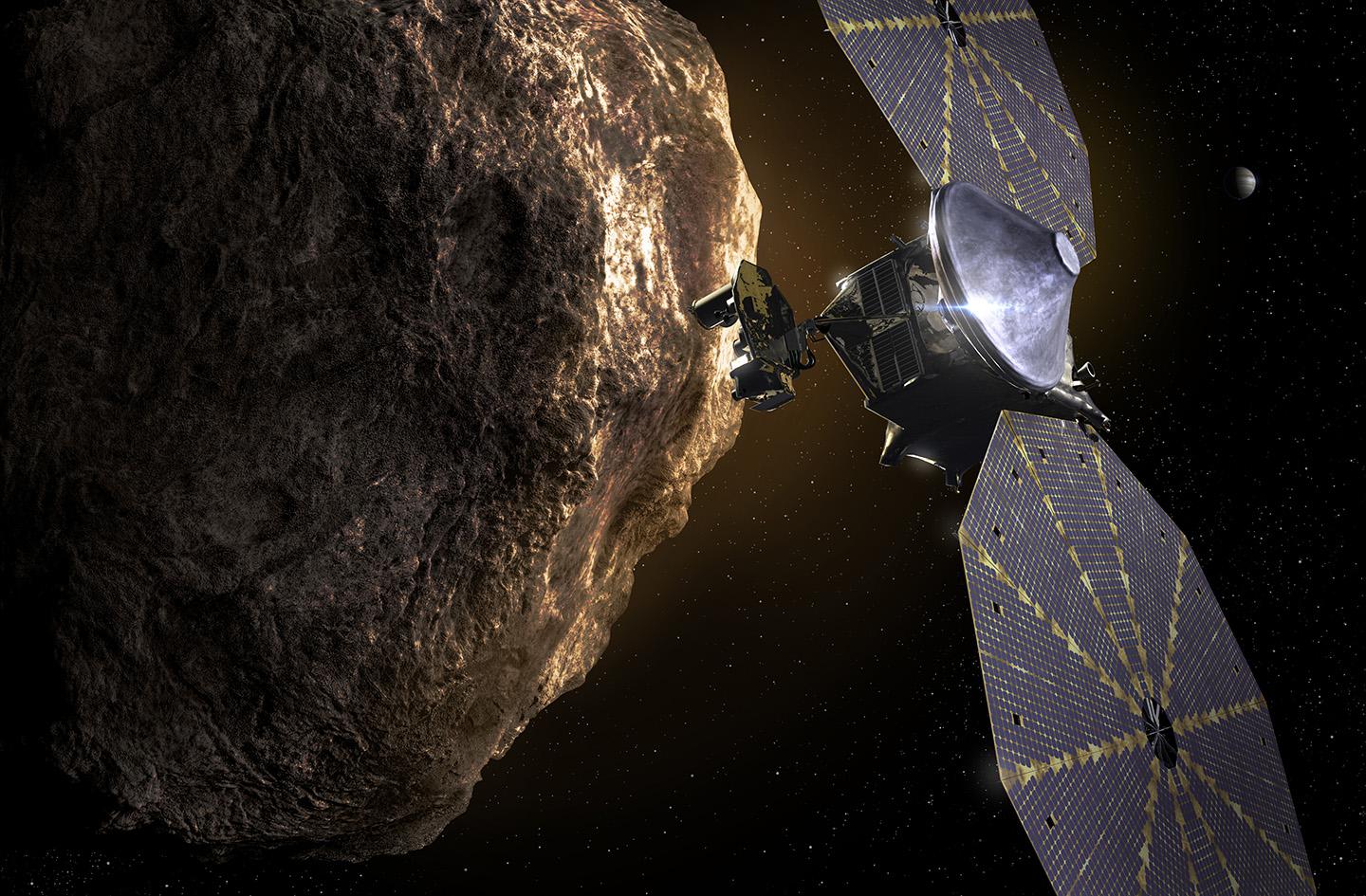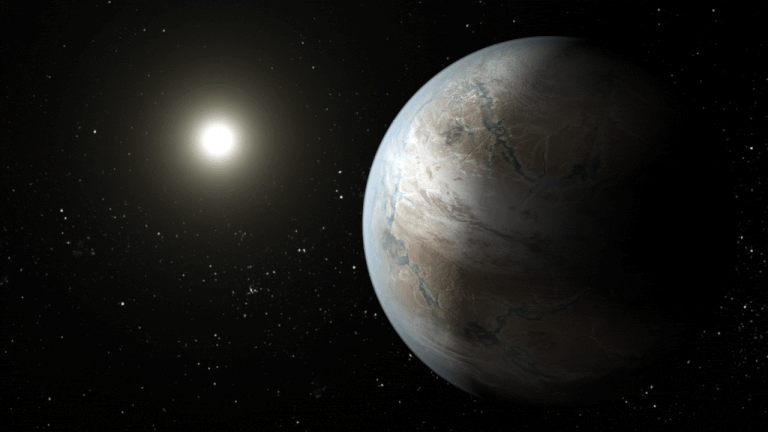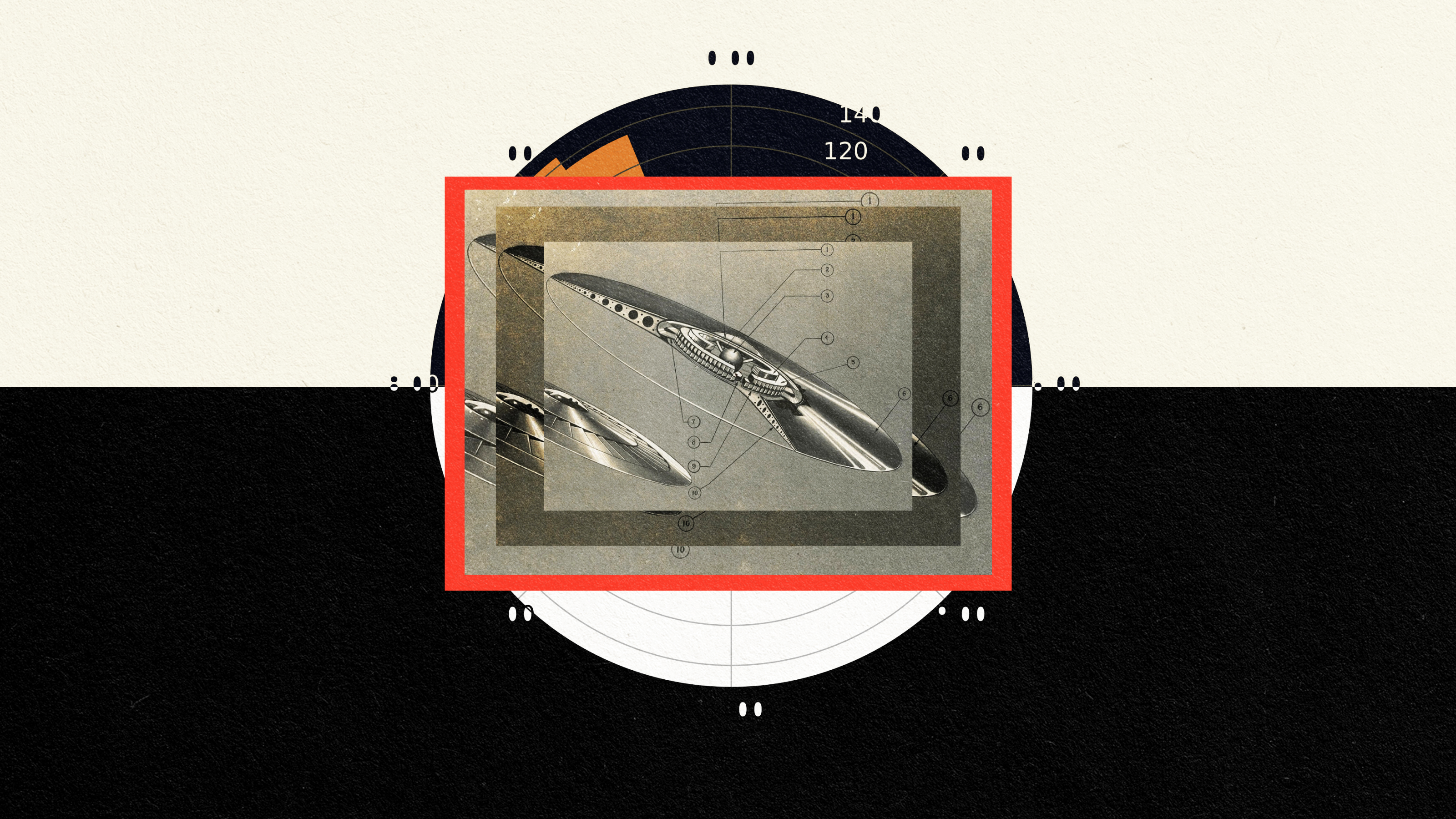Scientists may have detected the somewhat smelly chemical dimethyl sulfide on a planet 120 light-years from Earth.
Search Results
You searched for: nasa
Preventing scurvy is not just a problem in the Antarctic.
Finding life beyond our Solar System requires understanding its host planet.
Without modularization, many epic projects simply would be impossible.
But it’s still challenging to build a 22,000-mile elevator.
An incredible composite image of Pandora’s Cluster, Abell 2744, simultaneously showcases both our impressive knowledge and vast ignorance.
The midwest is particularly filled with them.
Retired astronaut Ron Garan believes that before we can begin solving our problems, we must understand our interrelatedness through the “orbital perspective.”
Nearly 200 orbital launches are scheduled for 2022.
Forensics has reached the final frontier, and could be used to solve future space accidents—or crimes.
As viewed by the MeerKAT telescope, this radio view of the Milky Way blows away every other way we’ve ever seen our home galaxy.
“You develop an instant global consciousness, a people orientation, an intense dissatisfaction with the state of the world, and a compulsion to do something about it.”
Research from NASA reveals Mars’ spectacular volcanic past.
Space missions in 2022 will include massive rockets and asteroid collisions. This is also the year space tourism starts to hit its stride.
Isaac Newton and Albert Einstein are locked in an eternal battle over the nature of gravity. Whose side are you on?
In 2022, the probe will crash into an asteroid while a nearby satellite captures it on camera.
Chemical changes inside Mars’ core caused it to lose its magnetic field. This, in turn, caused it to lose its oceans. But how?
There are so many problems, all across planet Earth, that harm and threaten humanity. Why invest in researching the Universe?
The Universe has been creating stars for nearly all 13.8 billion years of its history. But those photons can’t match the Big Bang’s light.
The first of these devices is already on the market — the AI-powered Ray-Bans from Meta.
Even though no human has stepped foot on the Moon’s surface in 50 years, the evidence of our presence there remains unambiguous.
Despite being the closest planet to the Sun, Mercury “only” reaches 800 °F at its hottest. Venus is always hotter, even at night.
In “Life As No One Knows It,” Sara Imari Walker explains why the key distinction between life and other kinds of “things” is how life uses information.
On the largest of cosmic scales, the Universe is expanding. But it isn’t all-or-nothing everywhere, as “collapse” is also part of the story.
Skilled hunters adapted to the changing landscape and left tantalizing clues to who they were.
Newborn stars are surrounded only by a featureless disk. Debris disks persist for hundreds of millions of years. So when do planets form?
Lockheed Martin’s Skunk Works engineering division has devised many jaw-dropping aircraft. Here are some of the best — and one ship.
NASA will use energy from Earth’s gravity to launch the Lucy spacecraft in October of this year.
Finding out we’re not alone in the Universe would fundamentally change everything. Here’s how we could do it.
The truth is out there, but it’s probably not in the latest whistleblower’s report.
